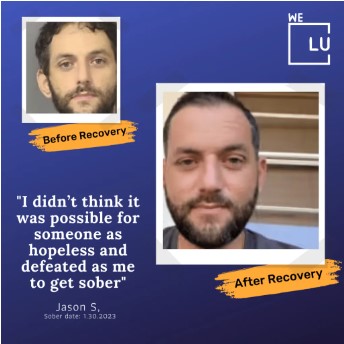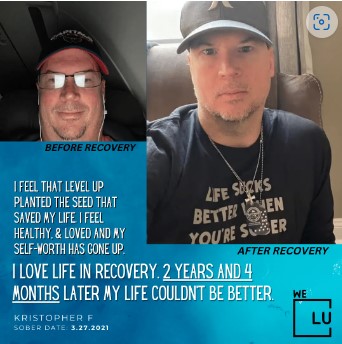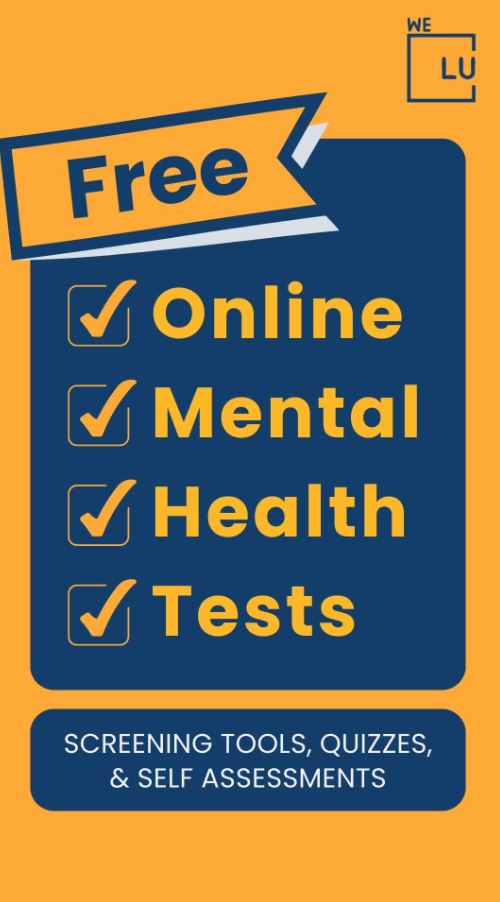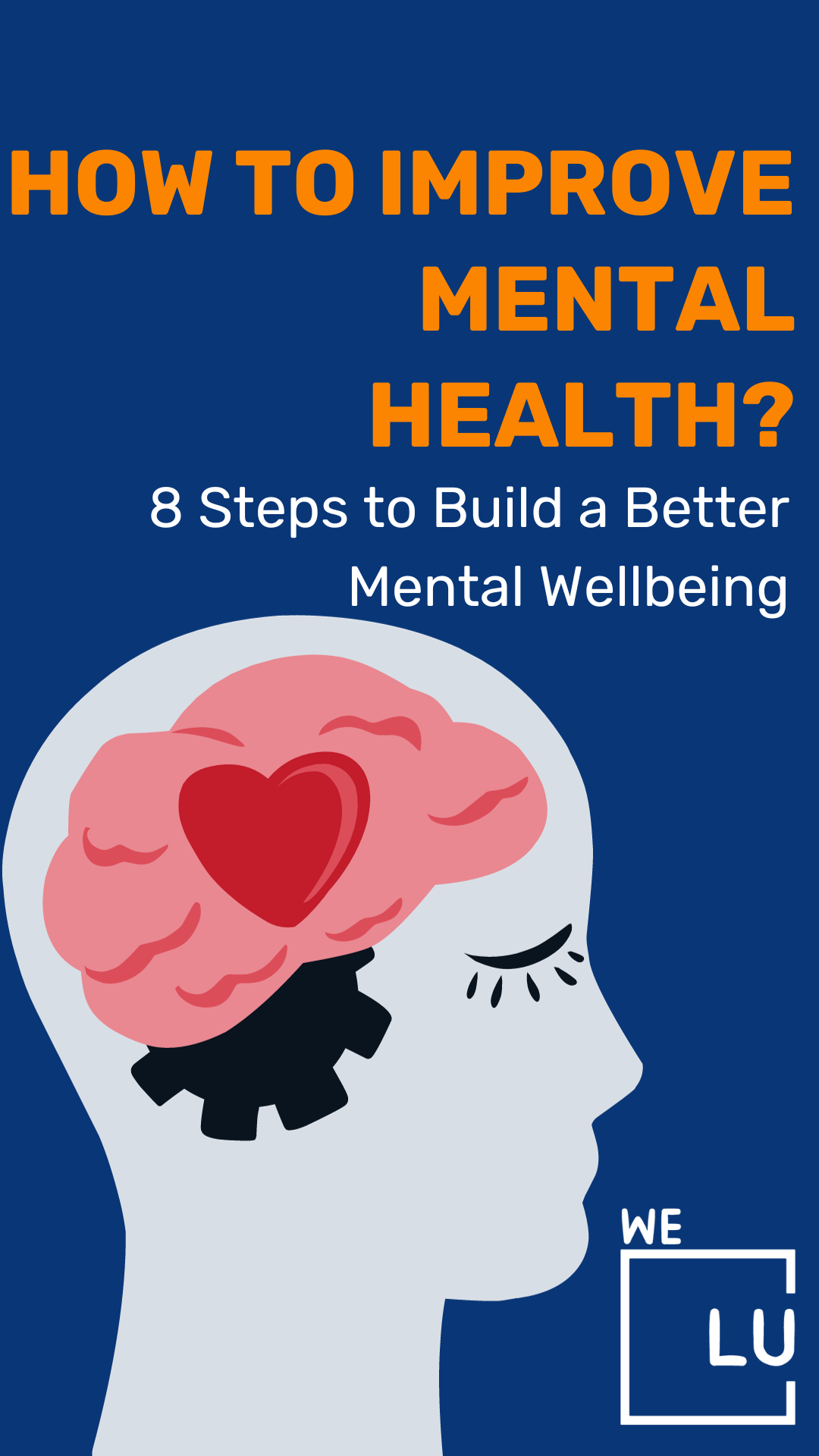How Does Fentanyl Make You Feel?
Fentanyl, a powerful synthetic opioid, induces a range of sensations and effects that can significantly impact the body and the mind. When consumed, whether through prescribed medical use or illicit recreational use, individuals may experience an intense and rapid onset of effects.
Physically, fentanyl generates a profound sense of relaxation and sedation. Users often report feeling a warm sensation spreading throughout their body, accompanied by a numbing of pain far more potent than other opioids. This analgesic property is one of the reasons fentanyl is medically prescribed for managing severe pain, particularly for those undergoing surgery or dealing with chronic pain conditions.
However, alongside its pain-relieving attributes, fentanyl also ushers in a series of potential side effects. These can include a notable reduction in respiratory rate, leading to shallow breathing or even respiratory arrest in overdose cases. Other physical reactions might encompass constipation, nausea, vomiting, and itching.
The mental and emotional effects of fentanyl are equally notable. Users often describe an intense euphoria, a sensation of elation that surpasses typical happiness. This euphoria is a primary factor contributing to fentanyl’s potential for misuse and addiction. Users may also experience a sense of detachment from reality, leading to a dreamlike state or dissociation.
However, the pleasurable effects come with inherent risks. The potency of fentanyl, up to 100 times stronger than morphine, significantly heightens the risk of overdose. The profound depressive effects on the respiratory system and the high potency can make fentanyl exceptionally dangerous, primarily when obtained from illicit sources where its concentration can vary significantly.
In the realm of addiction treatment and rehabilitation, understanding these complex effects is crucial. It forms the foundation for developing comprehensive strategies to address the physical dependency and psychological aspects of fentanyl use. Furthermore, it underscores the necessity of a holistic approach encompassing medical intervention, counseling, and support to navigate the intricate path toward recovery.
What Does Fentanyl Feel Like?
Fentanyl, a synthetic opioid, exerts a potent range of effects on the body and mind, owing to its interaction with the central nervous system and the brain’s opioid receptors. These effects can vary depending on factors such as the dosage, individual tolerance, and the method of administration. Here are some of the primary effects associated with fentanyl use:
- Pain Relief: Fentanyl is a potent analgesic, providing rapid and intense pain relief. It binds to opioid receptors in the brain and spinal cord, reducing the perception of pain signals.
- Euphoria: Fentanyl can induce a profound sense of euphoria and well-being. This intense pleasure is due to the flood of dopamine released in the brain’s reward pathways, contributing to its potential for misuse and addiction.
- Sedation and Relaxation: Fentanyl has sedative solid properties, leading to feelings of relaxation, calmness, and drowsiness. This effect is particularly notable during the initial stages of its use.
- Respiratory Depression: One of the most dangerous effects of fentanyl is its ability to slow down the respiratory system. Breathing becomes shallow and can even stop altogether, especially in high doses or misuse. This respiratory depression is a leading cause of fatal overdoses.
- Nausea and Vomiting: Many individuals experience nausea and vomiting as side effects of fentanyl use. These symptoms can contribute to an overall feeling of discomfort.
- Dizziness and Confusion: Fentanyl can cause dizziness, lightheadedness, and confusion. Users might have difficulty concentrating or making decisions.
- Dependence and Withdrawal: Prolonged use of fentanyl can lead to physical dependence, where the body relies on the drug to function normally. This, in turn, results in withdrawal symptoms when the drug is not present. Fentanyl withdrawal symptoms can be severe, including restlessness, muscle and bone pain, insomnia, anxiety, and more.
- Mood Changes: While fentanyl initially induces euphoria, it can also lead to mood swings and emotional instability. Individuals may experience irritability, anxiety, or dysphoria as the drug wears off.
- Decreased Heart Rate: Fentanyl can lower heart rate and blood pressure, potentially leading to cardiovascular complications in specific individuals, especially those with preexisting heart conditions.
- Potential for Overdose: Due to its extreme potency, fentanyl poses a high risk of overdose, mainly when obtained illicitly or used without medical supervision. Overdose symptoms include extreme drowsiness, unresponsiveness, pinpoint pupils, and difficulty breathing, which can lead to coma or death.
Given the complexity and potential risks associated with fentanyl, it’s crucial to approach its use with caution, particularly in medical and rehabilitation contexts. Understanding these effects is paramount for healthcare professionals, policymakers, and individuals seeking to address the challenges of fentanyl use and its impact on public health and well-being.
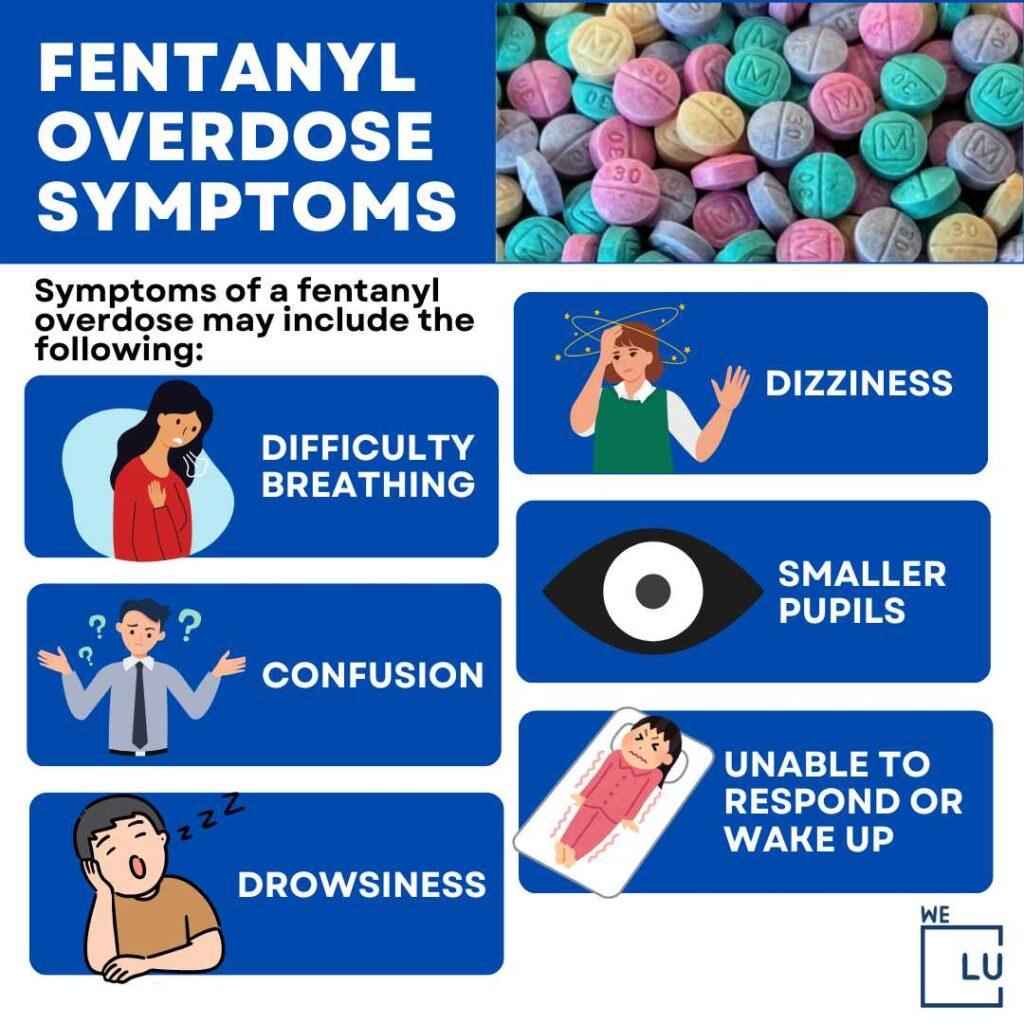
Skip To:
Learn More:
- What is the Fentanyl Half Life & How Long Does Fentanyl Last?
- How Long Does Fentanyl Stay In Urine? Fentanyl Urine Testing
- Why Is Fentanyl So Dangerous? Dangers Of Fentanyl & How Much Fentanyl Is Dangerous?
- How Is Fentanyl Made? Fentanyl Facts
- How Long Does Fentanyl Stay In Your System, Urine, Blood, Salvia & Hair? Fentanyl Drug Test Duration Chart.
- What Does Fentanyl Do To You? Abuse, Side Effects & Treatment
- What is Fentanyl? Rainbow Fentanyl Symptoms, Uses, Side Effects, Overdose & Detox Withdrawal Timeline
- What Does Fentanyl Look Like? Rainbow Fentanyl, Colored Candy Fentanyl, Skittles Fentanyl Images, Facts, Warnings, & FAQs
- Carfentanil Drug
- Fentanyl Detox
- Fentanyl and Alcohol
- Fentanyl Rehab
- Fentanyl Withdrawal Timeline
Get Help. Get Better. Get Your Life Back.
Searching for Accredited Drug and Alcohol Rehab Centers Near You?
Even if you have failed previously and relapsed, or are in the middle of a difficult crisis, we stand ready to support you. Our trusted behavioral health specialists will not give up on you. When you feel ready or just want someone to speak to about therapy alternatives to change your life call us. Even if we cannot assist you, we will lead you to wherever you can get support. There is no obligation. Call our hotline today.
(844) 597-1011How Does Fentanyl Make You Feel? Popular FAQs
-
Does Fentanyl Get You High?
Yes, fentanyl can produce a powerful and intense euphoric high. It acts on the brain’s opioid receptors, leading to a surge of dopamine that results in feelings of pleasure and intense well-being. This high is often described as much more potent and intense than other opioids. However, it’s essential to note that chasing this euphoria can lead to serious health risks, including addiction and overdose.
-
Can A Fentanyl High Be Dangerous?
A fentanyl high can be extremely dangerous. Fentanyl is significantly more potent than other opioids like morphine or heroin. Even small amounts of fentanyl can lead to respiratory depression, where breathing becomes dangerously slow or even stops. This heightened potency drastically increases the risk of overdose and other adverse effects such as dizziness, confusion, nausea, and vomiting. Due to these severe risks, using fentanyl for its euphoric effects, especially without medical supervision, is strongly discouraged and can have life-threatening consequences.
How Does Fentanyl Make You Feel? Fentanyl Factsheet
Fentanyl Overview
Fentanyl is a synthetic opioid used to treat moderate to severe pain, especially in cancer patients or after surgery. It is 50 to 100 times more potent than morphine and can cause respiratory depression, addiction, and overdose. It can be prescribed in different forms, such as injection, nasal spray, patch, tablet, spray, or lozenge. It can also be illegally made and mixed with other drugs, such as heroin or cocaine.
Fentanyl Overdose Signs
Fentanyl overdose signs are similar to those of other opioid overdoses, but they may occur more quickly and severely due to the high potency of fentanyl.
- Constricted pupils (tiny).
- Loss of consciousness or unresponsiveness.
- Slow or weak breathing or not breathing at all.
- Choking sounds or gurgling noises.
- Cold, clammy skin or bluish skin, lips, or nails.
- Low blood pressure, slow heart rate, or weak pulse.
- Nausea, vomiting, or diarrhea.
A fentanyl overdose is a medical emergency that requires immediate attention. If you suspect someone is overdosing on fentanyl or any other drug, call 911 right away and administer naloxone if available. Naloxone is a medication that can reverse the effects of opioids and restore normal breathing.
However, because fentanyl is so potent, multiple doses of naloxone may be needed to revive someone who overdosed on fentanyl. Therefore, it is crucial to stay with the person until help arrives and follow the instructions of the emergency responders.
Fentanyl Addiction Treatments
Addressing fentanyl addiction requires a comprehensive and individualized approach due to the potency and risks associated with the drug. Here are some critical treatments and strategies for managing fentanyl addiction:
- Medical Detoxification: Medical detoxification, or detox, is often the initial step in treating fentanyl addiction. Under medical supervision, individuals are gradually tapered off fentanyl to manage withdrawal symptoms. Medical professionals may administer medications to ease withdrawal discomfort and reduce cravings.
- Medication-Assisted Treatment (MAT): MAT involves using medications to reduce cravings and manage withdrawal symptoms. Buprenorphine, methadone, and naltrexone are commonly used medications for opioid addiction, including fentanyl. These medications can help stabilize individuals in recovery and reduce the risk of relapse.
- Behavioral Therapies: Behavioral therapies play a crucial role in addressing the psychological aspects of addiction. Cognitive-behavioral therapy (CBT), contingency management, and motivational enhancement therapy are effective in helping individuals identify triggers, develop coping skills, and modify behaviors associated with drug use.
- Counseling and Support Groups: Individual and group counseling provides a platform for individuals to explore underlying issues contributing to addiction. Support groups like Narcotics Anonymous (NA) offer a sense of community and shared experiences, fostering a supportive environment for recovery.
- Holistic Approaches: Holistic therapies, such as yoga, meditation, art therapy, and mindfulness practices, can complement traditional treatments by promoting overall well-being and stress reduction.
Fentanyl Abuse Statistics
Fentanyl abuse statistics show that fentanyl is a highly potent synthetic opioid significantly contributing to the opioid epidemic in the United States. In 2020, there were over 93,000 drug overdose deaths in the US, with fentanyl involved in over 60%. Fentanyl abuse has also increased in other countries, including Canada and the United Kingdom.
73%
Synthetic opioids, including fentanyl, were involved in almost 73% of all opioid-related overdose deaths in 2019.
Source: CDC
1.6 million
Approximately 1.6 million people aged 12 or older misused prescription pain relievers like fentanyl for the first time in 2020.
Source: The National Survey on Drug Use and Health
57%
Fentanyl seizures by law enforcement in the US increased by 57% from 2019 to 2020, with nearly 17,000 pounds of fentanyl seized in 2020.
Source: DEA

Get Your Life Back
Find Hope & Recovery. Get Safe Comfortable Detox, Addiction Rehab & Dual Diagnosis High-Quality Care.
Hotline(844) 597-1011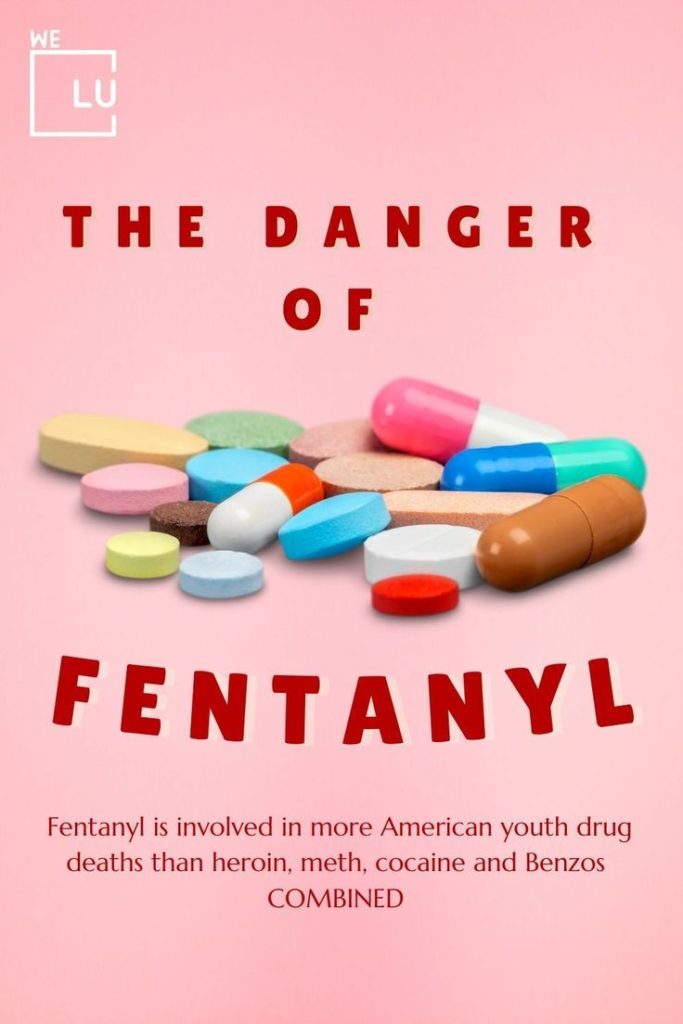
What Is A Fentanyl High Like?
Experiencing a fentanyl high is often described as an intense and overwhelming sensation that significantly alters the body and the mind. People who use fentanyl for its euphoric effects may encounter the following sensations:
- Intense Euphoria: Fentanyl triggers a surge of dopamine in the brain’s reward pathways, leading to an overwhelming sense of euphoria. This intense pleasure can be all-encompassing and is often more potent than the highs from other opioids.
- Relaxation and Sedation: Users typically feel a profound sense of relaxation and calmness. The drug’s sedative properties can lead to drowsiness and a sensation of being “wrapped in a warm blanket.”
- Pain Relief: Fentanyl’s analgesic properties can lead to a complete numbing of physical pain. This effect is particularly noteworthy and is why fentanyl is used medically for managing severe pain.
- Mental Alterations: Alongside the euphoria, users might experience mental alterations such as detachment from reality or a dreamlike state. Some individuals report enhanced sensory perceptions, while others might feel a sense of dissociation.
- Reduced Anxiety: Fentanyl’s effects can temporarily alleviate feelings of anxiety and stress, contributing to the overall sense of well-being.
- Nausea and Itching: While euphoria is a primary effect, users might also encounter side effects like nausea and itching, which can detract from the overall experience.
- Depressed Respiratory Function: One of the most dangerous aspects of a fentanyl high is the potential for slowed or suppressed breathing. This respiratory depression is a critical factor in fentanyl-related overdoses.
- Potential for Dependence: The intense euphoria produced by fentanyl can lead to psychological and physical dependence. Over time, users might find themselves chasing the initial high, leading to a cycle of use that’s difficult to break.
A Fentanyl high comes with significant risks, including the potential for addiction, overdose, and a range of adverse health effects. Due to its potency and potential dangers, using fentanyl for its euphoric effects without a legitimate medical reason and proper supervision is strongly discouraged.
First-class Facilities & Amenities
World-class High-Quality Addiction & Mental Health Rehabilitation Treatment
Rehab Centers TourRenowned Addiction Centers. Serene Private Facilities. Inpatient rehab programs vary.
Addiction Helpline(844) 597-1011Proven recovery success experience, backed by a Team w/ History of:
15+
Years of Unified Experience
100s
5-Star Reviews Across Our Centers
10K
Recovery Success Stories Across Our Network
- Low Patient to Therapist Ratio
- Onsite Medical Detox Center
- Comprehensive Dual-Diagnosis Treatment
- Complimentary Family & Alumni Programs
- Coaching, Recovery & Personal Development Events
How Long Does Fentanyl High Last?
The duration of a fentanyl high can vary widely based on several factors, including the form of fentanyl used, the method of administration, the individual’s tolerance, and the dosage taken.
While the initial euphoric effects of fentanyl may subside relatively quickly, the drug’s analgesic and sedative properties can persist beyond the period of euphoria. Additionally, frequent use of fentanyl can lead to tolerance, where the same dose produces diminished effects over time. This can lead to individuals increasing their dose, increasing the risk of dangerous side effects, including overdose.
Furthermore, the duration of fentanyl high might not directly correlate with how long the drug remains active in the body. Fentanyl has a relatively short half-life, meaning it’s metabolized and eliminated from the body quickly. However, its effects can linger due to its interaction with opioid receptors and the potential for the drug to accumulate in fatty tissues.
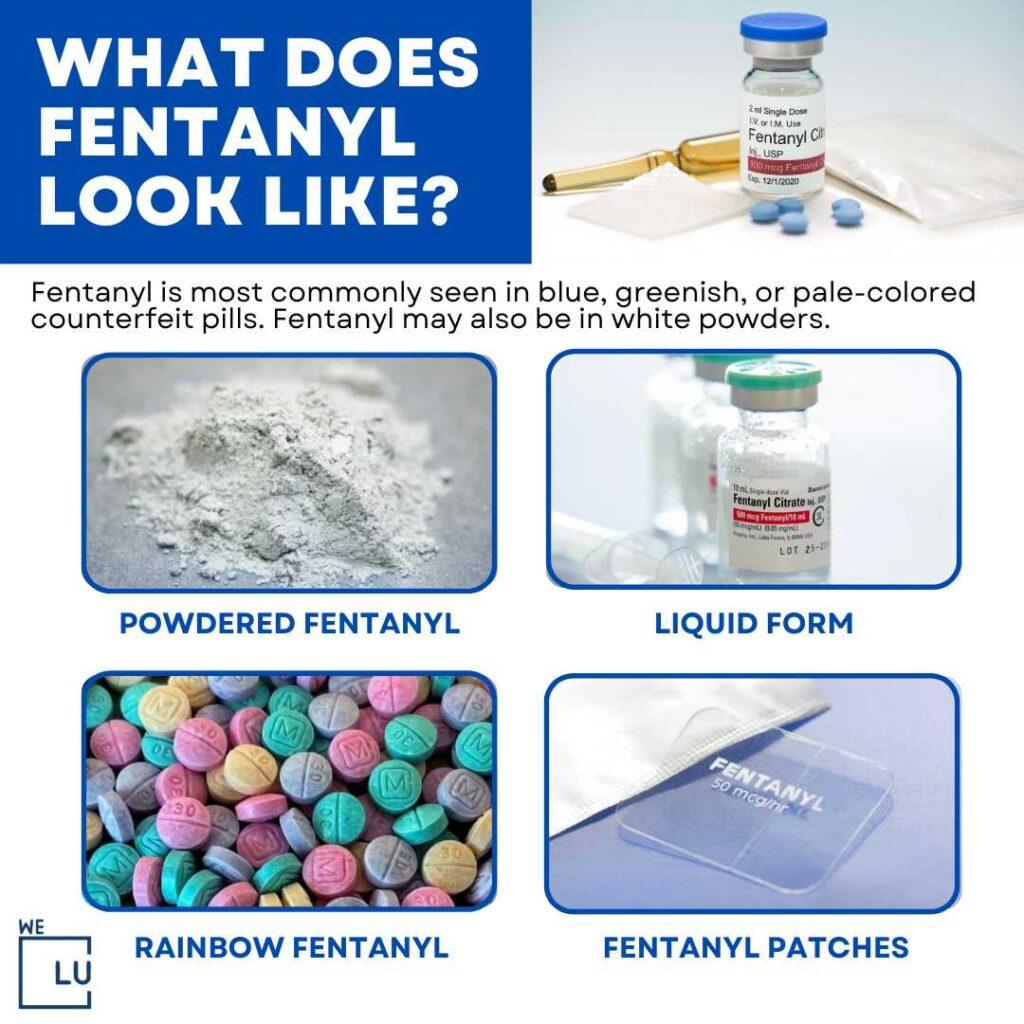
It’s crucial to prioritize safety and understand the potential risks associated with fentanyl use, especially in non-medical contexts. Given fentanyl’s potency and the potential for adverse effects, including fatal overdose, seeking professional medical guidance and avoiding recreational use are paramount. Generally, the effects of fentanyl high tend to be relatively short-lived compared to other opioids. Here’s a general overview of the duration of a fentanyl high:
| Method of Administration | Onset Time | Peak Effects | Duration |
|---|---|---|---|
| Intravenous (IV) Injection | Within seconds to minutes | 5 to 15 minutes | Around 30 minutes to 1 hour |
| Nasal Spray | Within minutes | 15 to 30 minutes | Around 1 to 2 hours |
| Transdermal Patch (Medical Use) | Gradual onset over hours | Varies; consistent release | Up to 72 hours |
| Transdermal Patch (Misuse) | Gradual onset over hours | Varies; consistent release | Up to 72 hours |
| Oral Tablets/Lollipops | Within 15 to 30 minutes | 1 to 2 hours | Around 3 to 6 hours |
World-class, Accredited, 5-Star Reviewed, Effective Addiction & Mental Health Programs. Complete Behavioral Health Inpatient Rehab, Detox plus Co-occuring Disorders Therapy.
CALL(844) 597-1011End the Addiction Pain. End the Emotional Rollercoaster. Get Your Life Back. Start Drug, Alcohol & Dual Diagnosis Mental Health Treatment Now. Get Free No-obligation Guidance by Substance Abuse Specialists Who Understand Addiction & Mental Health Recovery & Know How to Help.
How Does Fentanyl Make You Feel? We Level Up Fentanyl Addiction Treatment
Welcome to We Level Up Treatment Center, your partner in fentanyl addiction recovery. Our specialized services are designed to support your unique journey:
- Safe Detox: Expert-guided detoxification for a comfortable start.
- Personalized Plans: Tailored treatment for your specific needs.
- Therapeutic Support: One-on-one and group therapy for healing.
- Dual Diagnosis: Addressing underlying mental health concerns.
- Holistic Approach: Yoga, mindfulness, and more for overall well-being.
- Family Involvement: Healing relationships through therapy.
- Aftercare Planning: Continued support beyond rehab.
- Relapse Prevention: Equipping you with essential skills.
At We Level Up, your recovery is our focus. Let’s reclaim your life from fentanyl together.
Experience Transformative Recovery at We Level Up Treatment Centers.
See our authentic success stories. Get inspired. Get the help you deserve.
Start a New Life
Begin with a free call to an addiction & behavioral health treatment advisor. Learn more about our dual-diagnosis programs. The We Level Up Treatment Center Network delivers recovery programs that vary by each treatment facility. Call to learn more.
- Personalized Care
- Caring Accountable Staff
- World-class Amenities
- Licensed & Accredited
- Renowned w/ 100s 5-Star Reviews
We’ll Call You
Why Is Fentanyl So Dangerous? Watch The Drug Addiction Informative Video
Video Script
Joey’s Opiates, Drugs, and Alcohol Addiction Recovery Story
Joey’s story is a sad reminder of the harsh reality of addiction. He faced significant challenges in his recovery journey after losing his son, but his progress toward sobriety has been inspiring. The crucial first step for Joey was seeking help for his addiction, and he deserves all the necessary support to aid his recovery process.
Search We Level Up How Does Fentanyl Make You Feel? Resources
Sources
- National Institute on Drug Abuse (NIDA) – Fentanyl Drug Facts: https://www.drugabuse.gov/publications/drugfacts/fentanyl
- Centers for Disease Control and Prevention (CDC) – Fentanyl Facts: https://www.cdc.gov/stopoverdose/fentanyl/index.html
- Drug Enforcement Administration (DEA) – Fentanyl: https://www.dea.gov/factsheets/fentanyl
- Substance Abuse and Mental Health Services Administration (SAMHSA) – Fentanyl: https://www.samhsa.gov/medication-assisted-treatment/medications-counseling-related-conditions/fentanyl
- National Library of Medicine (NLM) – Fentanyl: https://medlineplus.gov/druginfo/meds/a605043.html
- Food and Drug Administration (FDA) – Fentanyl Transdermal System: https://www.fda.gov/drugs/postmarket-drug-safety-information-patients-and-providers/fentanyl-transdermal-system
- National Institute of Justice (NIJ) – Fentanyl Safety Recommendations for First Responders: https://nij.ojp.gov/topics/articles/fentanyl-safety-recommendations-first-responders
- Office of National Drug Control Policy (ONDCP) – Fentanyl: The Next Wave of the Opioid Crisis: https://obamawhitehouse.archives.gov/blog/2017/03/29/fentanyl-next-wave-opioid-crisis
- National Institute of Standards and Technology (NIST) – NIST Reference Materials for Measuring Opioids, Including Fentanyl: https://www.nist.gov/news-events/news/2019/01/nist-reference-materials-measuring-opioids-including-fentanyl
- National Institutes of Health (NIH) – NIH HEAL Initiative Research Plan to Address the Opioid Crisis, Including Fentanyl: https://heal.nih.gov/research/research-plan
